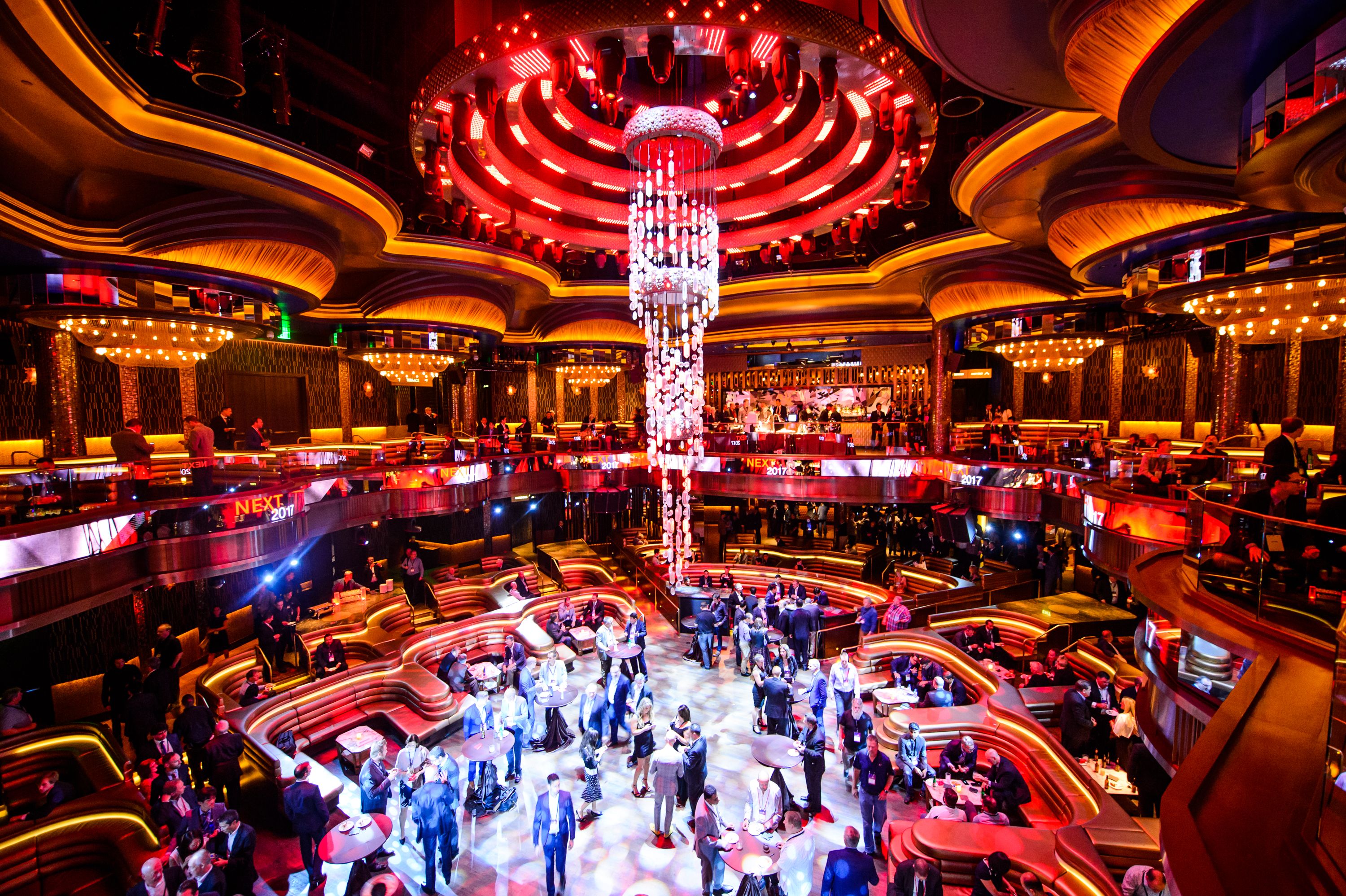The Succubus Club
An ancient brick warehouse, looming over State Street like a brooding titan, the Succubus Club projects an image of solidity and stability that belies the madness within. A sense of its true nature begins with a look at the hordes of people outside, struggling and battling to be get in. Two hulking bouncers stand guard at the double entrance doors, more on the lookout for the unstylish than the underage. Among those cajoling, threatening and even begging to be let inside are punks, gangstas, Yuppies, Blood Dolls, bikers, executives, college students and middle-aged music lovers.. They mill around outside the entrance, forming lines that stretch down the block and tie up traffic. The bouncers maintain a strict yet unwritten entrance policy that stresses style more than anything else.
The parking lot is sorely lacking in spaces, so cars circle the block, hunting for spaces and snagging up the taxis, buses and other traffic. On weekends, between 9pm and 2am, traffic speeds rarely exceed 5mph. On other nights, while nowhere near as crowded, the club still draws a regular clientele. When open, the Succubus Club is never empty.
Inside, the layout is mostly no different from many large nightclubs, thoughthe quality of everything inside is clear; no sound system is better, no lights more entrancing. The furniture is genuine teak and the floors are imported marble.
The club is divided into 3 main areas, which in many ways resemble 3 completely different clubs. In the basement is the punk hangout, known as the "Labyrinth" (and notable for having a genuine labyrinth the ground floor houses the main club, "Reality", above which stands the balcony club known as "Elysium" (a private joke for the city's kindred)
History
The building housing the Succubus Club has a strange history. Constructed just prior to the Civil War, it is notable as the first four-story warehouse in Chicago, each floor serviced by a special pulley-and-crane system in the rear of the building.
Despite its prime downtown location, and its miraculous survival of the Great Fire (for some strange reason an entire company of Chicago's overworked fire department concentrated its efforts there), the brick building has passed through the hands of a string of owners. Some died mysteriously, while others sold without reason, accepting far less than the property was worth. Workers in the warehouse reported innumerable unnerving experiences, and exterminators never could get rid of all the bats.
In the early prohibition era of the 1900's, the building passed into the control of one of Chicago's many criminal families, for whom it provided a safe place to store illicit merchandise and a valuable hideout from the police. Some historians maintain that it eventually came under the control of mob boss Al Capone, and rumours abound that this is the location of his famous vault. Nevertheless, police records from this period show that they never once raided the building, nor was anyone associated with the building ever arrested in connection with the illegal liquor trade.
After Prohibition, records of ownership are sketchy, but the warehouse remained empty for some years. At one point it was to be seized by federal agents for unpaid taxes, but at the last minute a Chicago lawyer came forward and cleared the debt. This lawyer, a partner in Ballard,Anderson & Baitman, made substantial profits on the warehouse during WW2, but sold the building to his law firm in 1950. The law firm has leased it out ever since.
In the early 60's, as the surrounding area became more commercial, many industries and warehouses left the area. The old buildings were transformed for new uses, such as storefronts, offices and restaurants. When the owners tried to turn the warehouse into a restaurant called "Stonewalls" however, things just didn't work out. There was a constant presence of rats, and strange folk would just turn up and sit there, never ordering anything or eating. Most normal people found it all too disturbing.
Several years of declining custom saw the restaurant closed and replaced by a new leaser with a new business : The Atomic Cafe was one of the city's first rock 'n' roll clubs, and thrived for 10 years. Before it closed its doors in 1973 after the death of the owner, it brought to town some of the era's best music acts, from the Four Tops to the Doors. It was replaced by a dance club, "Stardust"
Stardust took off with the rise of disco, and for the latter half of the 70's was Chicago's favourite dance club. Rumours of assaults, disappearances and even murders taking place on the premises did little to reduce its popularity, and only the death of disco itself drove Stardust to its grave.
The building stayed closed for almost a year this time, as a new owner took over and renovated the building from top to bottom. The upper floors were removed and the dank basement dramatically renovated and refurbished. The new owner, a mysterious Colombian with rumoured underworld connections, added a stage and a maze to this lower level, installed an opulent top-floor club and a state-of-the art lighting system to the main dance floor.
On May 23rd, 1982, amid controversy over the deaths of several construction workers in the new basement, Brennon Thornhill opened the doors to The Succubus Club
Type
Dance club
Parent Location
Remove these ads. Join the Worldbuilders Guild









Comments